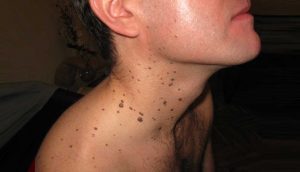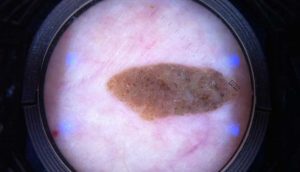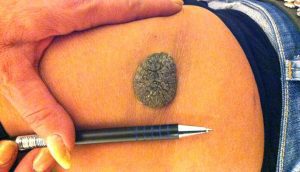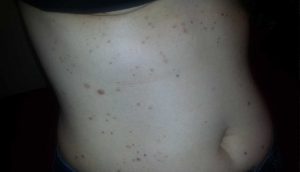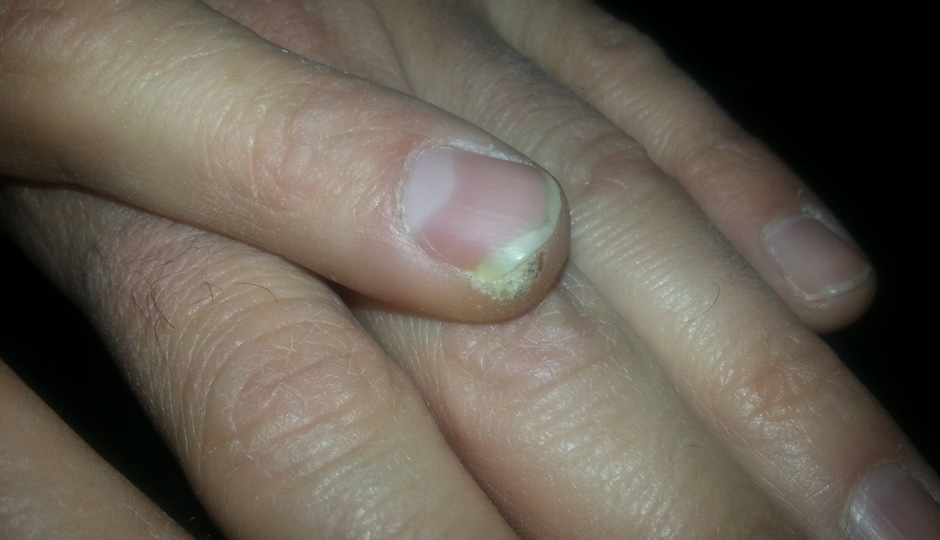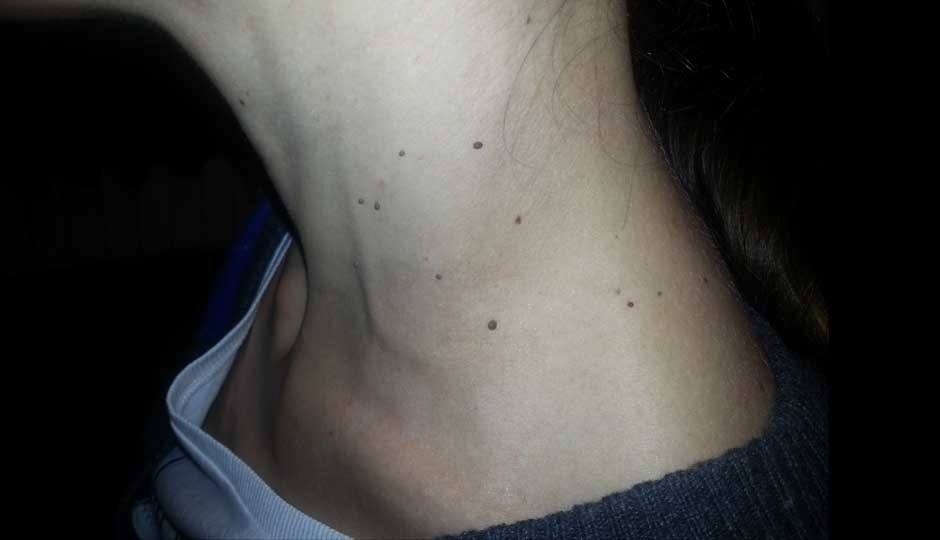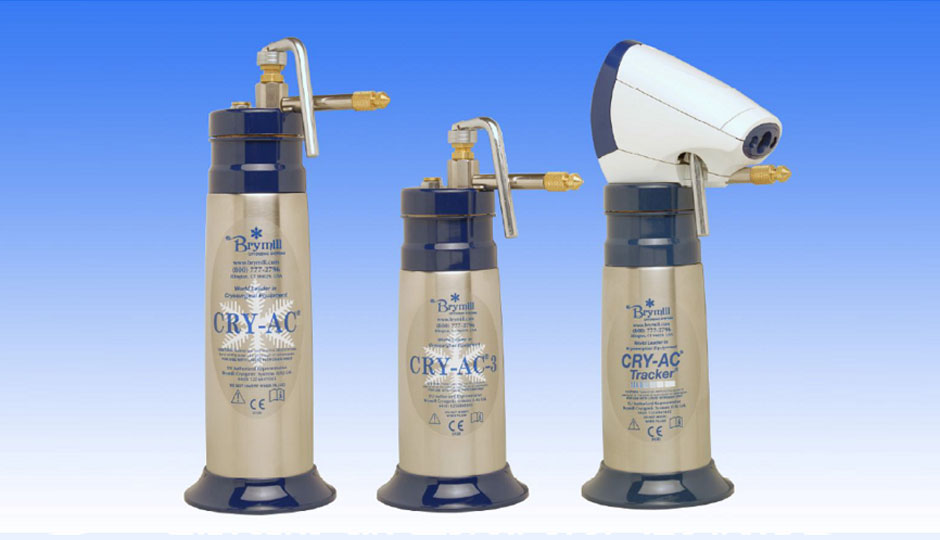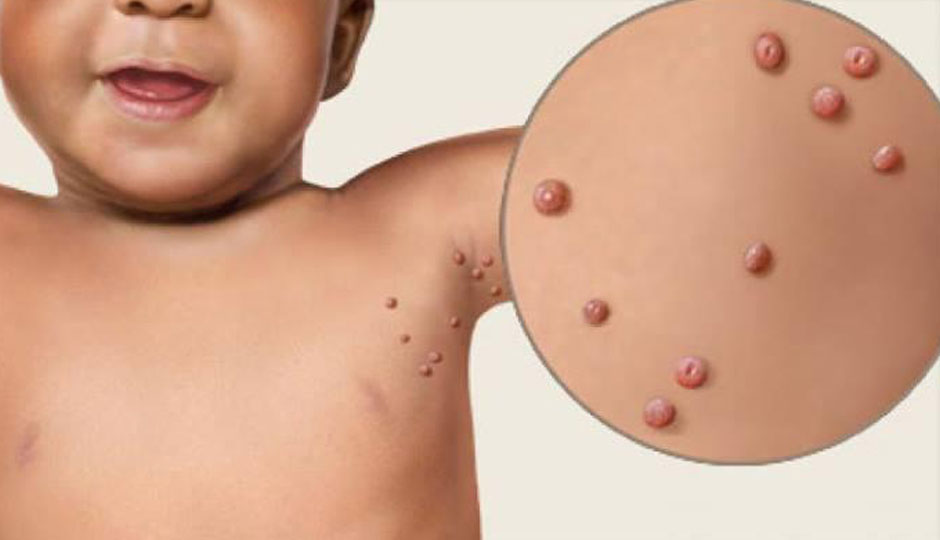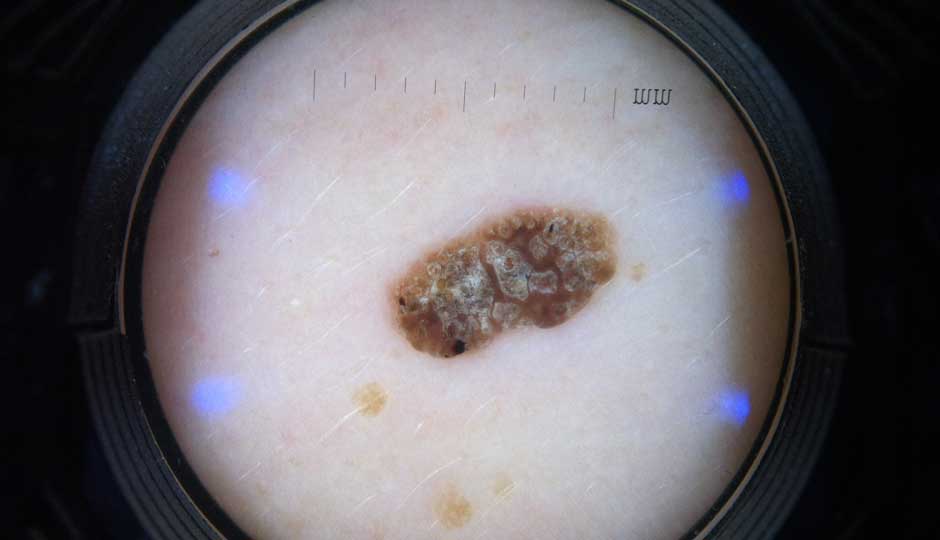
Removal of keratoses – Seborrheic keratoses represent benign changes of brownish or dark color that seem to be glued to the skin, often with a verrucous appearance, in size from a few millimeters to 2-3 cm, a rough surface often covered with an easily removable fatty scale. They usually appear after the age of 50.
Keratoses are mostly multiple changes characteristic of the female sex in the chest, décolletage and neck area. In people who have been exposed to a lot of sunlight during their life, keratoses also appear in the seborrheic areas of the face, as well as on the hands. Keratoses very often occur in the back region, but also on the skin of the abdomen and on large folds. The most common complaints reported by patients are itching in the area affected by keratoses.
The most effective removal of keratoses with CRYOTHERAPY
Keratoses are completely harmless changes, but extremely ugly, so their removal is definitely recommended. It is best to remove them while they are smaller. Keratoses tend to grow, so they can reach a size of 2-3 cm. Very often they are confused with moles because due to the presence of melanin they can have a gray-black discoloration.
Cryotherapy is the method of choice for removing keratoses because it is fast, painless, effective and financially the most favorable, and it is the only method that removes keratoses without scarring. The removal of keratoses with radio waves requires the use of anesthetics, while the removal of keratoses with cryotherapy does not require the use of anesthesia.
For the removal of keratoses with cryotherapy, only one intervention is generally sufficient. The use of the most modern Brymill apparatus with different types of applicators allows liquid nitrogen to be applied with high control and precision, without damaging the surrounding healthy skin.
SkinCare Center therapists have undergone training for the application of cryotherapy in medical care and have a Brymill certificate.

